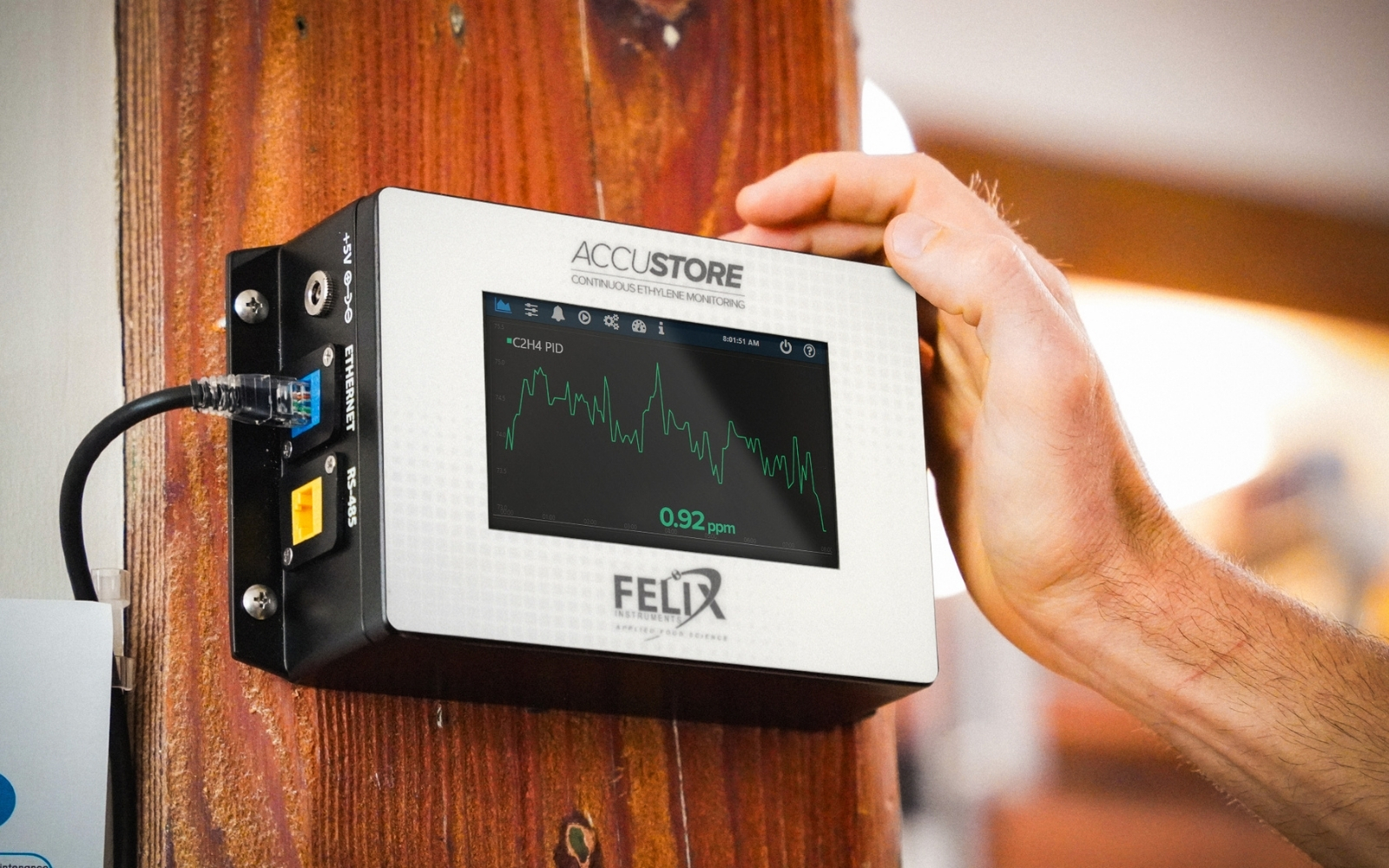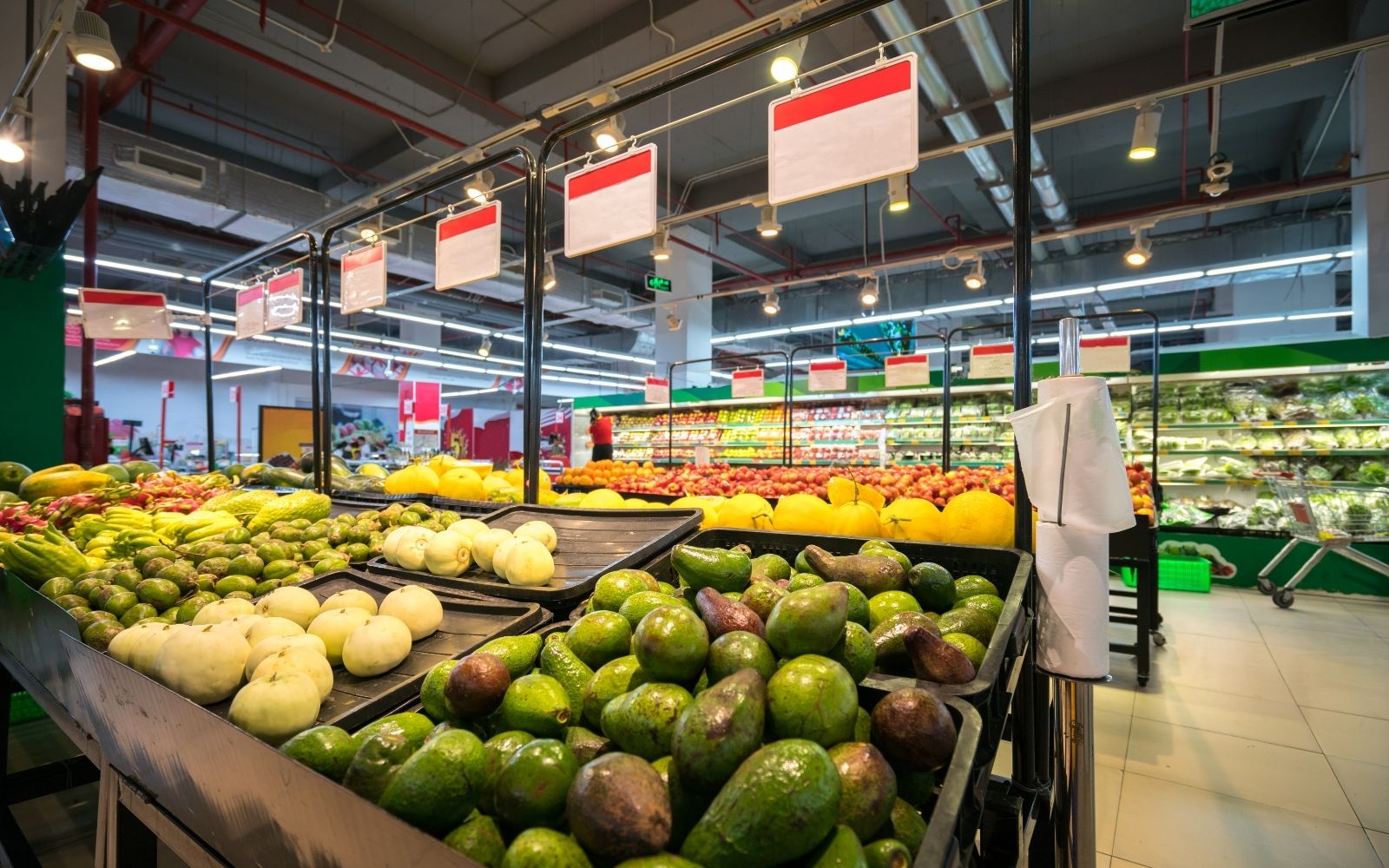Validating ethylene control and removal systems has always been a critical, but often time-consuming, part of product development. Traditional validation methods can slow teams down with manual sampling, offline analysis, and delayed feedback. These delays make it harder to confirm system performance and hold back innovation in technologies designed to manage ethylene effectively. Felix Instruments… Continue reading…
What Is an Ethylene Monitoring System and Why Is It Critical for Fresh Produce?
Ethylene monitoring systems can have fixed or portable sensors. Other components of the monitoring systems could be data logging, data transmission, connectivity, remote access, and a control event scheduler. The sensors used to detect ethylene must be sensitive, selective, stable, rapid, and have the required lower limit and detection range. Ethylene monitoring in the postharvest… Continue reading…











